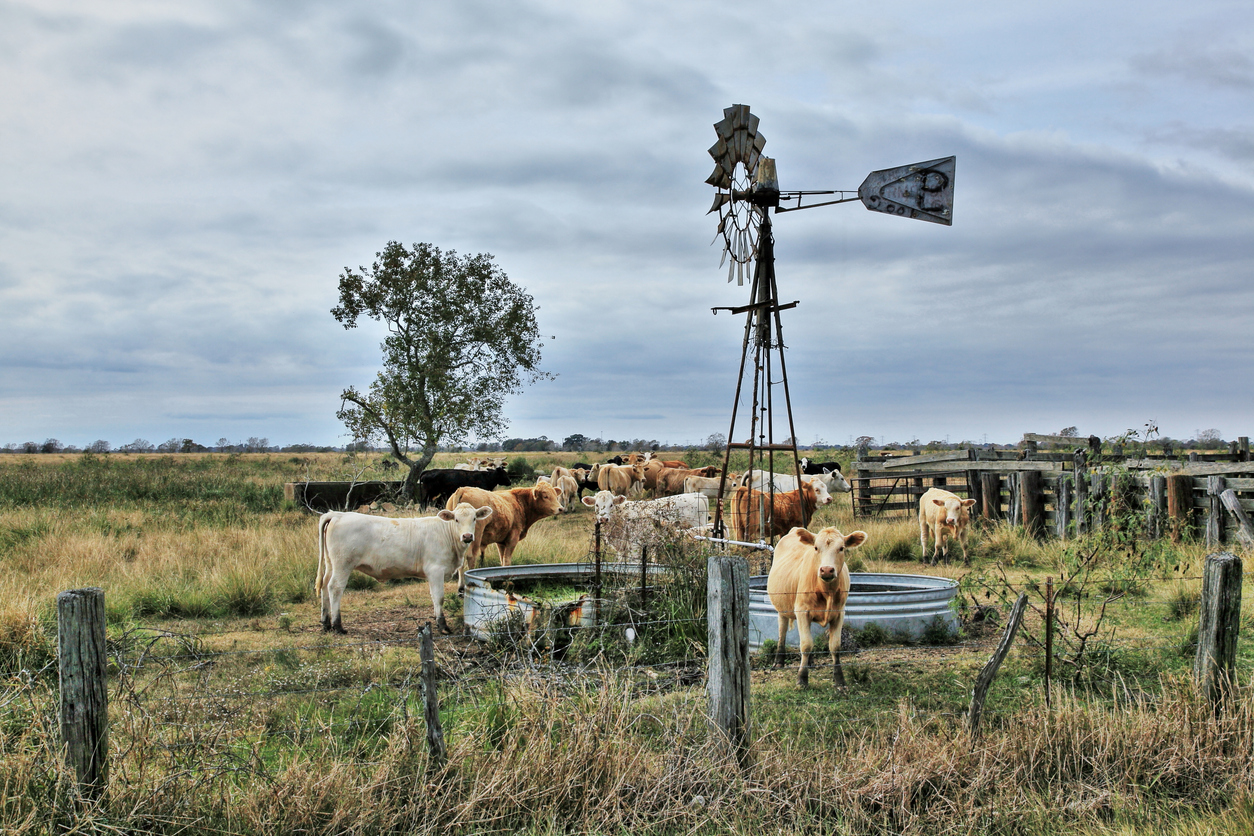
Colorado announced over the weekend that five workers involved in the culling of chickens at an H5N1-infected poultry operation had tested positive for the virus. Four of the cases have been confirmed by the Centers for Disease Control and Prevention; the fifth is currently deemed “presumptive” positive because the individual’s test sample hasn’t yet reached the CDC. All five had mild symptoms — conjunctivitis and minor respiratory complaints. None required hospitalization.
Additional testing by the CDC is needed to fully characterize the viruses responsible for these infections. But assuming they are the same as the one circulating in cows (which has occasionally spilled over into poultry operations), these cases will bring to nine the number of human infections recorded since this outbreak was first detected in late March. The CDC, at the request of the state, is helping investigate the new human cases in Colorado.
Lee Benson, public affairs officer for the Oklahoma Department of Agriculture, Food and Forestry, said that one dairy operation in the state suspected it had H5N1 in its cows in April and took swabs from two barns on the property. It did not submit them for testing at the time. With the recent unfurling of a USDA compensation program for lost milk production on farms where cows have tested positive for bird flu, the dairy sent both swabs in to be tested, Benson said.
“I can tell you that the confirmed positive sample is from one Oklahoma dairy. There are two separate barns that milk the dairy cows, and one sample was collected from each barn,” he said.
Oklahoma called itself the 13th state to find H5N1 in dairy cattle, but in reality its place on the list should be lower. The specimens were collected on April 19, Benson said. At that point only eight other states had reported positive herds.
“There are no clear signs that the outbreak is or is about to come under control,” the 26-page document on the public health risks associated with the ongoing spread states plainly.
“The risk that the situation will not soon be brought under control is great,” it continues, adding that “the probability of … and persistent chains of infection is considered high.”
As for the consequences of continued spread, the report suggests that while the risk the virus currently poses to people is not great, it could rise if transmission in cattle persists.
“There is a low, but increasing probability of viruses developing the ability to infect effectively to and between people,” it says. “The probability increases with prevalence in animals and with the duration of ongoing animal-to-animal infection.”
It’s reflective of what appears to be a growing view, certainly abroad but likely in the U.S. as well, that H5N1 isn’t in any hurry to give up on its new hosts and nothing farmers or government agencies are doing seems to be hastening its departure. (There is also a fair degree of skepticism about how hard farmers or the agency leading the response, the U.S. Department of Agriculture, are working towards that end.)

While the count of affected herds has risen steadily in a few of the reporting states — think Michigan, Colorado, Idaho — the number of states with dairy industries that haven’t reported a single outbreak puzzles experts monitoring this situation. (Some are downright dubious.) California, Wisconsin, New York, Pennsylvania, and Washington are on the top 10 list of dairy-producing states by revenue. Not one of those five has reported an affected herd.
Are they luckier? More vigilant? Do cows move around less frequently in those states? We don’t yet have those answers. But a news report from Missouri last week may help explain a possible difference between reporting and non-reporting states. (Missouri is one of the latter.)
Reporter Mary McCue Bell in the Columbia Missourian quoted a veterinarian with the Missouri Department of Agriculture’s animal health division saying that to date only 17 dairy cows — in a state that boasts 60,000 — have been tested for H5N1.
There’s a maxim in epidemiology: Seek and ye shall find. It would seem some states are not seeking.
The lack of a clear picture of how widespread the outbreak is in cattle continues to hamper efforts to assess whether this outbreak can be stopped and how best to do it if that end is within reach. It is clear there is already a growing need for devices that can test for this virus at scale.
